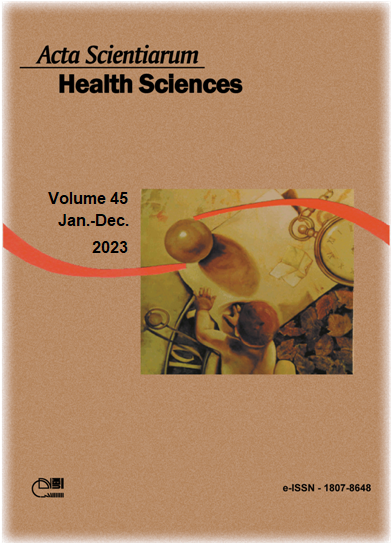Association between chronic pain, depression, somatization and temporomandibular disorders in a southern brazilian population
Abstract
Introduction: Temporomandibular disorder (TMD) is defined as a set of pathological clinical conditions involving the masticatory muscles, the temporomandibular joint, or both, and the associated structures. It is often associated with chronic headaches, cervical pain, otologic symptoms and may be accompanied by some degree of physical or psychological disability in patients. Objective: To investigate the association of chronic pain-related disability, depression, and somatization with temporomandibular disorders. Methods: It was a transversal study with 275 patients evaluated using the RDC/TMD (Research Diagnostic Criteria for Temporomandibular Disorders). The variables of Axis I (myofascial pain, disc displacement and other joint conditions) and Axis II (chronic pain-related disability, depression and somatization) were crossed using Fischer’s Exact Test (p <0.05). Results: Statistically significant association was found among factors of chronic pain-related disability, depression and somatization with myofascial pain diagnosis (p =0.000, p =0.001, p =0.000, respectively), as well as joint conditions (arthralgia, osteoarthritis and osteoarthrosis) (p =0.000, p =0.008, p =0.003, respectively). Conclusion: There is a positive association between chronic pain, depression and somatization (Axis II variables) with and myofascial pain and other joint conditions (Axis I). Disc displacements were not associated to variables of Axis II.
Downloads
DECLARATION OF ORIGINALITY AND COPYRIGHTS
I Declare that current article is original and has not been submitted for publication, in part or in whole, to any other national or international journal.
The copyrights belong exclusively to the authors. Published content is licensed under Creative Commons Attribution 4.0 (CC BY 4.0) guidelines, which allows sharing (copy and distribution of the material in any medium or format) and adaptation (remix, transform, and build upon the material) for any purpose, even commercially, under the terms of attribution.
Read this link for further information on how to use CC BY 4.0 properly.























5.png)







